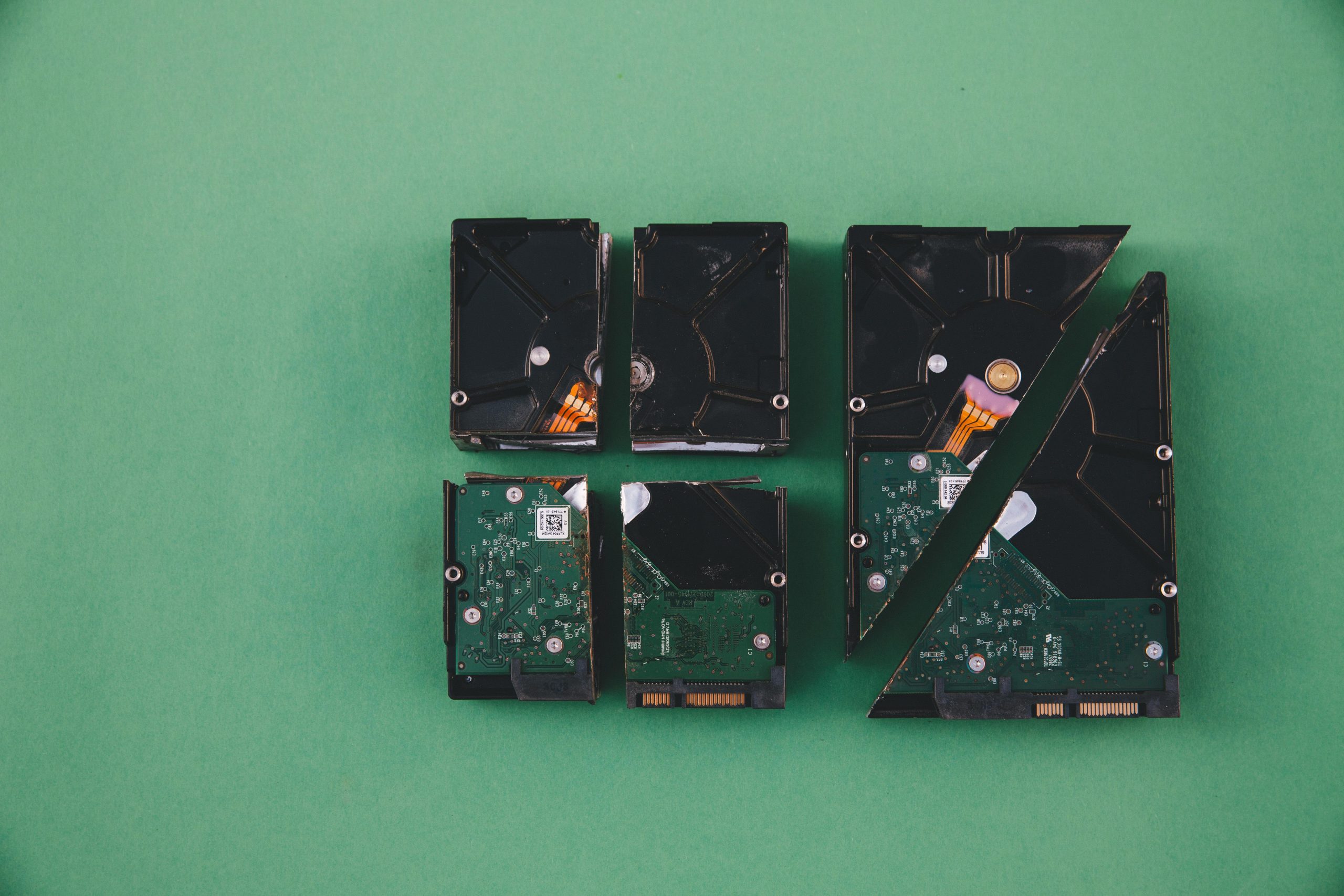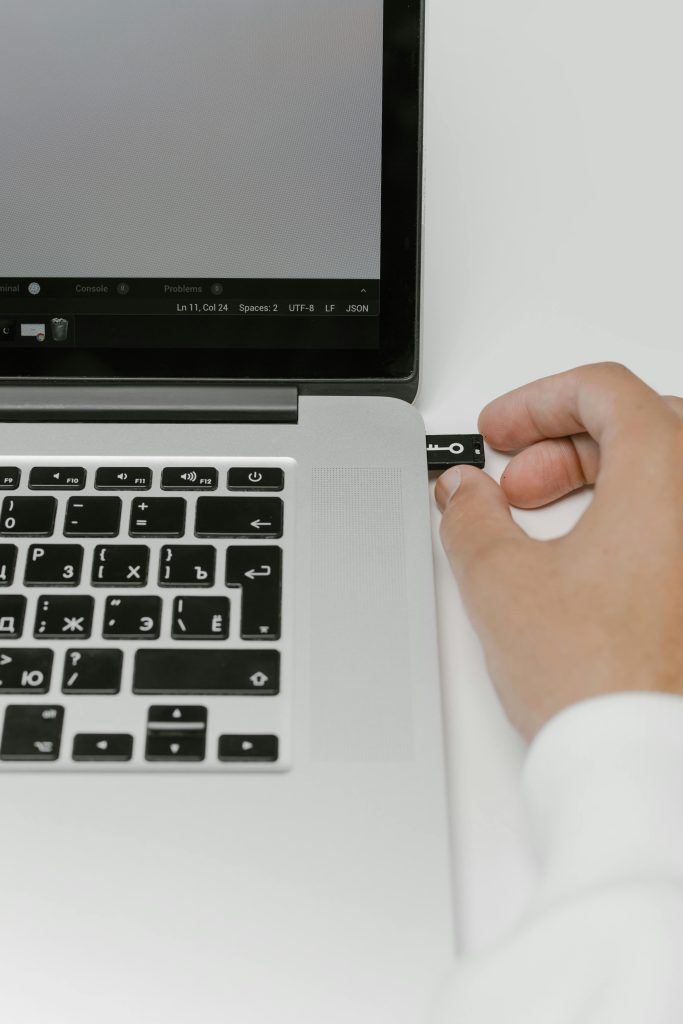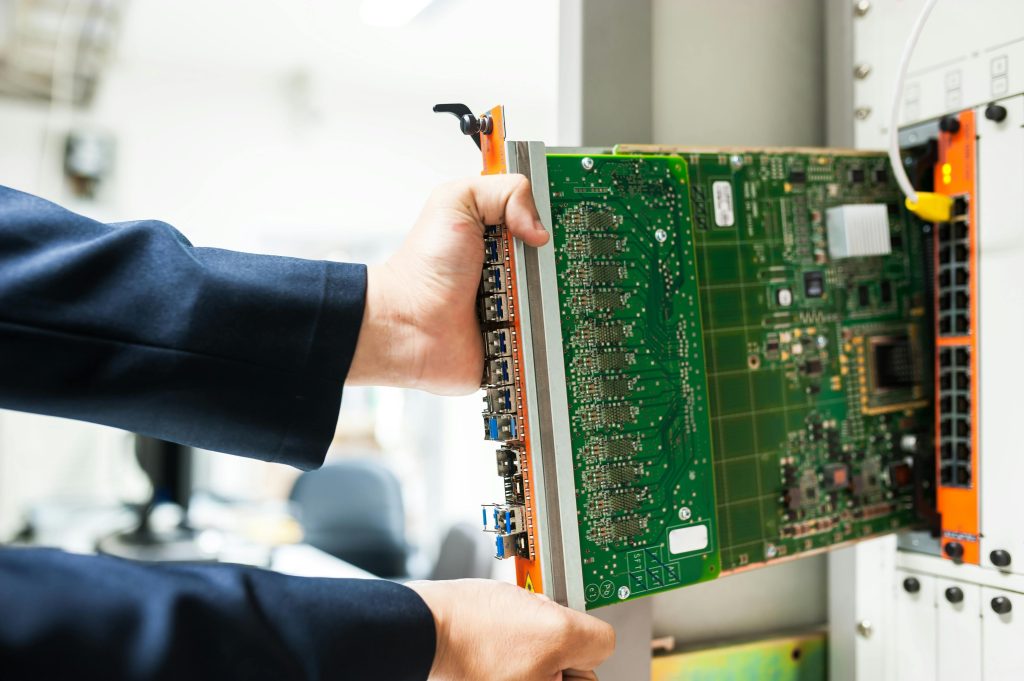Ensuring Your Laptop’s Security After Confiscation: A Cautious Approach
Recently, I found myself in a rather unnerving situation when traveling through Tel Aviv Airport (TLV) — my laptop was confiscated by Israeli security for approximately 24 hours. While the authorities eventually returned it to me, I couldn’t shake off the feeling of unease regarding my device’s integrity.
Although my laptop contained no highly sensitive information, I am politically active, which likely prompted the extra scrutiny. My primary concern now is the potential for covert measures such as rootkit injections that could compromise my security without my knowledge.
In this context, I sought guidance from my company’s IT director, who offered a rather blunt solution: “buy a new laptop.” Taking his advice, I made the purchase, but I am reluctant to let my previous device — a relatively new machine — go unused. Rather than letting it gather dust, I want to explore options for restoring it to a secure state.
Steps to Consider for Ensuring Security
I’m moderately tech-savvy, so I’ve been contemplating various strategies. Would a BIOS re-flash and a complete format and reinstallation of the operating system suffice to mitigate risks? I’ve been advised by my IT team to keep the laptop offline and use a USB drive to access a few files I need from the machine. The new laptop will have updated antivirus software in place before I connect the USB drive, and I’m considering running Malwarebytes alongside Windows Defender to scan the files.
While my concerns may seem excessive to some, they stem from the knowledge that the state in question is known for developing advanced spyware. I’d much prefer to render my older laptop unusable than risk my personal information being harvested.
If necessary, I am open to alternative operating systems, such as Linux, to add an additional layer of security against potential reinfection. I had planned to transition to Ubuntu once I retired the laptop as my primary work device—perhaps this could be the perfect opportunity.
Community Input Appreciated
As I shared these concerns online, the consensus among fellow tech enthusiasts was to abandon any attempts to clean the device entirely. My laptop has remained powered off and disconnected since being returned to me. A few pertinent details about the device:
- It is a relatively high-end ThinkPad X1 from 2022.
- While I could replace the motherboard, that opens a Pandora’s box: where do I draw the line? New hard drive? Display? Wi-Fi
Share this content:



